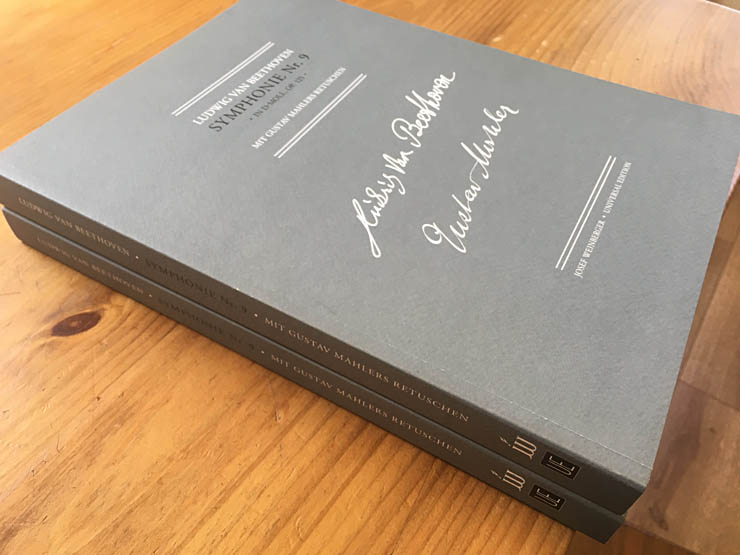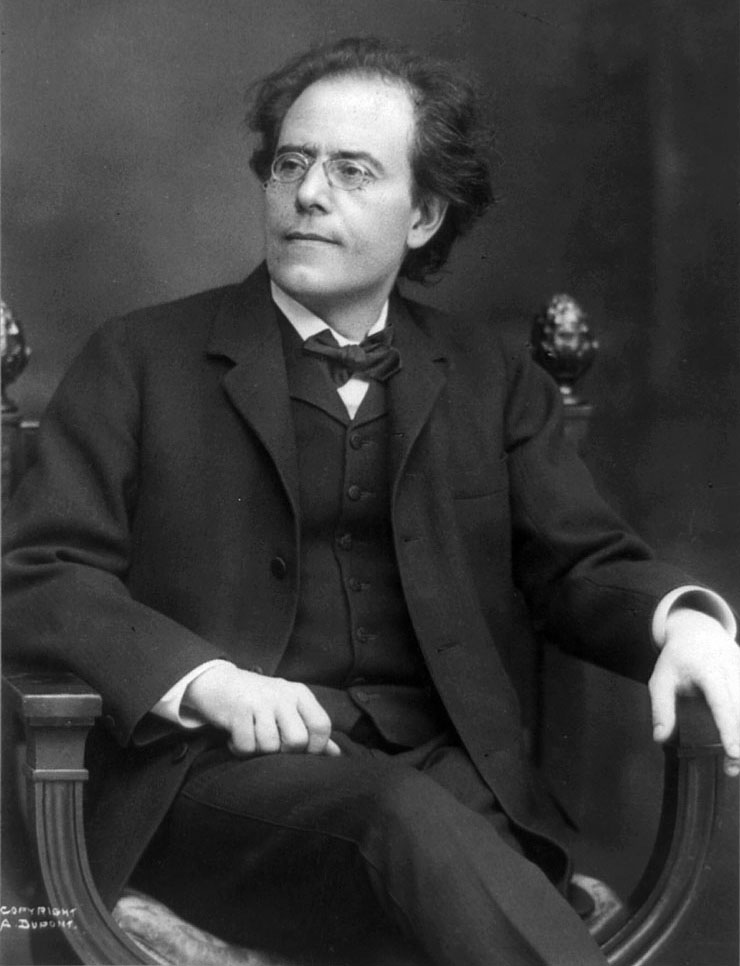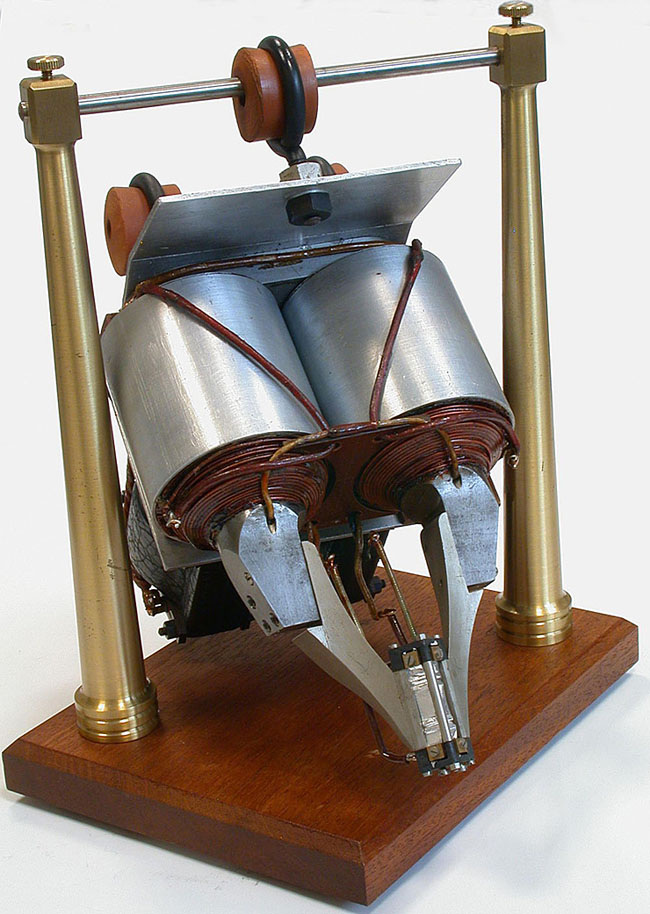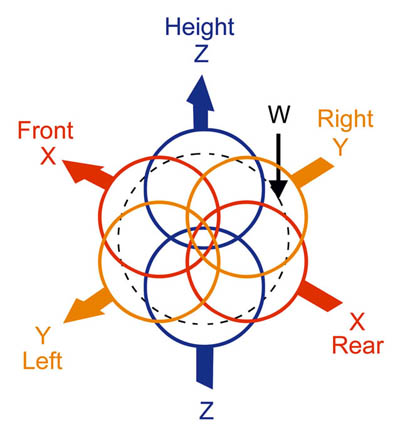Gustav Mahler conducted Beethoven’s Ninth Symphony on ten occasions: in Prague, Hamburg, Vienna, Strassburg and New York. For the last seven of these performances he prepared and used his own score and orchestral parts. I have transcribed and edited these materials...
The Wyn Morris Recording of Mahler’s Tenth Symphony

The Welsh conductor, Wyn Morris (1929 – 2010), made his London debut at the Festival Hall in 1963 with a performance of Mahler’s Ninth Symphony. This was a daring choice of repertoire for the time and Morris’s performance was greeted with unusually strong critical acclaim. Over the next two decades he made recordings of the First, Second, Fourth, Fifth, Eighth, Ninth and Tenth Symphonies, das klagende Lied and many of Mahler’s orchestral songs. These are all well-worth listening to today, although copies are not easy to find, and a box set of them all would be welcome, though legal complications make this unlikely to appear soon.
In 1972 Morris recorded the Tenth Symphony with the New Philharmonia Orchestra in the warm and open acoustics of the Walthamstow Assembly Hall. The recording incorporates Deryck Cooke’s amendments to his performing version, and Cooke was himself present at the sessions. It should be noted that further refinements were added to the score when it was published in 1976, shortly before the premature death of Cooke in October at age 57, and in 1989 more small but significant revisions were made to the score by Cooke’s collaborators. All this is by way of pointing out that the recording is not of the finally revised version claimed on the LP box when it was issued by Philips Records (6700 067). In 2003 the recording was digitally remastered at Abbey Road Studios and reissued on CD (SC010) by SilverOak Music Entertainment Ltd.
The recording is a fine representation of the performance, enhanced by the separation of the violins left and right of the conductor, as was always Mahler’s own practice, and with a wide dynamic range. The sound is rich and full, particularly on the original LPs, with, as usual for Morris, full weight given to the contributions of the important horn parts. Morris differentiates well between the diverse tempi of the opening Adagio, and maintains the line successfully throughout its long Coda. Cooke’s realisation of the second movement is for me the least convincing of the work, though Morris’s faithfulness to the score makes it more coherent than it sometimes sounds. The pivotal Purgatorio movement is well-characterised – notably without over-emphasis of the gong at the end. Morris makes good sense of the fourth movement, though even on the CD it is hard to hear all the very soft notes at its close. Throughout, Morris’s masterly ability to achieve subtle changes of tempo while maintaining continuity pays handsome dividends in this symphony – he was not called “the Welsh Furtwängler” for nothing! The finale is perfectly paced: one has the impression at the end of the long journey that is this symphony of a large ocean-going liner slipping gradually and securely into its final berth.
The Timings of the movements
Introduction
The accurate timing of commercial recordings is important, both for the manufacturer and for someone who relies on accurate timings as research data, or for assembling a series of recordings for a strictly time-limited radio programme. In days when discs were the only commercial audio medium it was obviously necessary to know whether the music could fit onto the 78 (about 4 mins), LP (about 30 mins) or CD (about 80 mins). In the days of 78s, singers were paid by the side. Even in the case of a recording as late as Furtwängler’s 1953 RAI Ring, which was recorded on tape and first commercially issued in 1972, the actual timings of the participation of the singers was, according to their contracts, necessary to establish their royalties. Each of the three acts of the opera was divided up into four minute sections, counting from the beginning, and the singers were paid for the number of sections they sang in. Even if only one note came into a section, they were paid for the whole four minutes.
As far as analog discs were concerned, the length of side, together with the nature of the music, how loud it was, and the strength of the bass frequencies, determined the cutting level and thus the loudness of the disc. In the days of LPs, the engineer preparing the master tape timed carefully from the beginning to the end of the tape, noting the ends of individual pieces or movements, and these timings were used by the transfer engineer. Until tape recorders with accurate timing mechanisms were available (Studer C37, A80, etc), this was done by reference to clockwork or electric timers while playing the tape through. At the same time the engineer listened to ensure that the sound was as expected and that the editing was correct.
These timings were sometimes placed on the LP sleeve and are often included in the CD booklet. One therefore assumes that they are correct; but it is unfortunately not always so. In practice, determining when a piece of music beings or ends is not always simple, and there can be disagreements about this. When they are small, as they usually are, the differences are insignificant; but large errors can still matter today when the timings are used to compare the interpretations on different recordings.
Mahler’s 10th Symphony
The Philips LPs split the Tenth Symphony generously over four side and timings are given for the individual movements on the disc labels. While the pitch of the digital transfer matches that of the music on the LPs, a different set of timings was provided on the CD case.
I have transferred the LPs and CDs to hard drive and measured the actual timings between the beginning of the first note and the end of the die away of the last note of the movements and rounded these to the nearest second. With the exception of the second movement, all the movements end softly or with a long die away, which makes it hard to determine the actual endings. Some of the differences between the “official” timings and my measurements are probably due to this and also to the LP engineers including in the timings the atmosphere and tape noise, which are often inaudible on an LP. These are audible on CD and there is further ambience before and after the work and between the movements. My results are given, together with the published timings.
| LP | CD | |||
|---|---|---|---|---|
| LP labels | measured | CD case | measured | |
| 1st mvt | 21:52 | 28:05 | 28:17 | 27:48 |
| 2nd mvt | 12:15 | 12:18 | 12:24 | 12:15 |
| 3rd mvt | 04:23 | 04:12 | 04:21 | 04:19 |
| 4th mvt | 13:20 | 13:26 | 13:29 | 13:16 |
| 5th mvt | 27:52 | 26:03 | 26:21 | 25:56 |
As discussed above, there are small discrepancies between the measured readings of CD and LP, but most of them essentially agree. The timing that is in question is that of the first movement on the LP, which could be just a case of inaccurately reading 27 as 21. This error is substantial, and gives a misleading impression of Morris’s tempi in the movement. Unfortunately the timings on the LP labels are reproduced faithfully in Peter Fülöp’s Mahler Discography (1st edn, Kaplan Foundation, 1995).
Comparison of the LP and CD transfers
The CD has a quieter background level than the LPs that I have heard and this is advantageous in the soft passages of the fourth and fifth movements. Otherwise the sound is brighter than the LP, but this is not an advantage, since it roughens the silken string tone for which the New Philharmonia was renowned. The sound of the military drum is much more muffled on the LP and vastly to be preferred. There are level changes between movements on the CD and there is also a change of pitch in the middle of the Purgatorio movement. These are not found on the LPs.
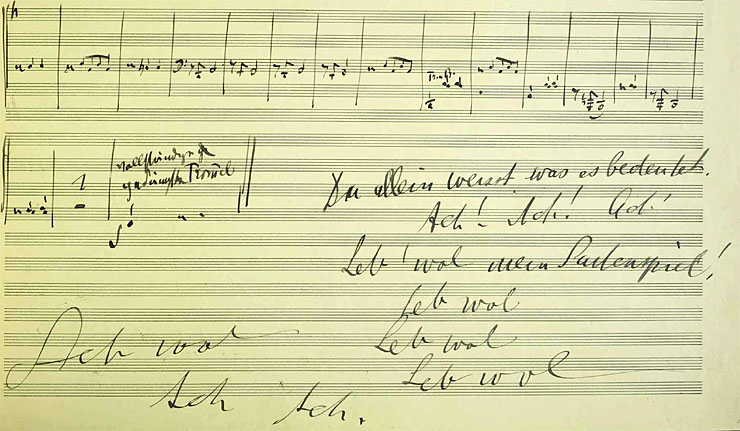
Mahler’s 10th Symphony, end of Fourth Movement
There is, unfortunately, a more important error enshrined on the CDs: the last note of the fourth movement is missing from them. This is the loud stroke on the military drum that is repeated at the beginning of the Finale. As can be seen from the extact of Mahler’s manuscript above, this note had great significance for the composer: it derives from a scene described by Alma Mahler from their first period in New York, 1907/8:
“...we leaned out of the window [of the Hotel Majestic] and saw a long procession in the broad street along the side of Central Park. It was the funeral cortège of a fireman, of whose heroic death we had read in the newspaper. The chief mourners were almost immediately beneath us when the procession halted, and the master of ceremonies stepped forward and gave a short address. From our eleventh-floor window we could only guess what he said. There was a brief pause and then a stroke on the muffled drum, followed by dead silence. The procession then moved forward and all was over. The scene brought tears to our eyes and I looked anxiously at Mahler’s window. But he too was leaning out and his face was streaming with tears.”
Apparently in order to prevent audience noise between the two movements, Simon Rattle began the custom of joining the two movements together by omitting one of these strokes, and others have followed him; but it is quite clear from the LPs that Wyn Morris did not suppress the first drum stroke, and there would seem to be no justification for doing so on a recording.
The LPs are accompanied by a generous 12" x 12" booklet and, if you can find copies that are not too noisy, for all the above reasons they are vastly preferable to the CD version.
Rev. 30 Dec 2018

